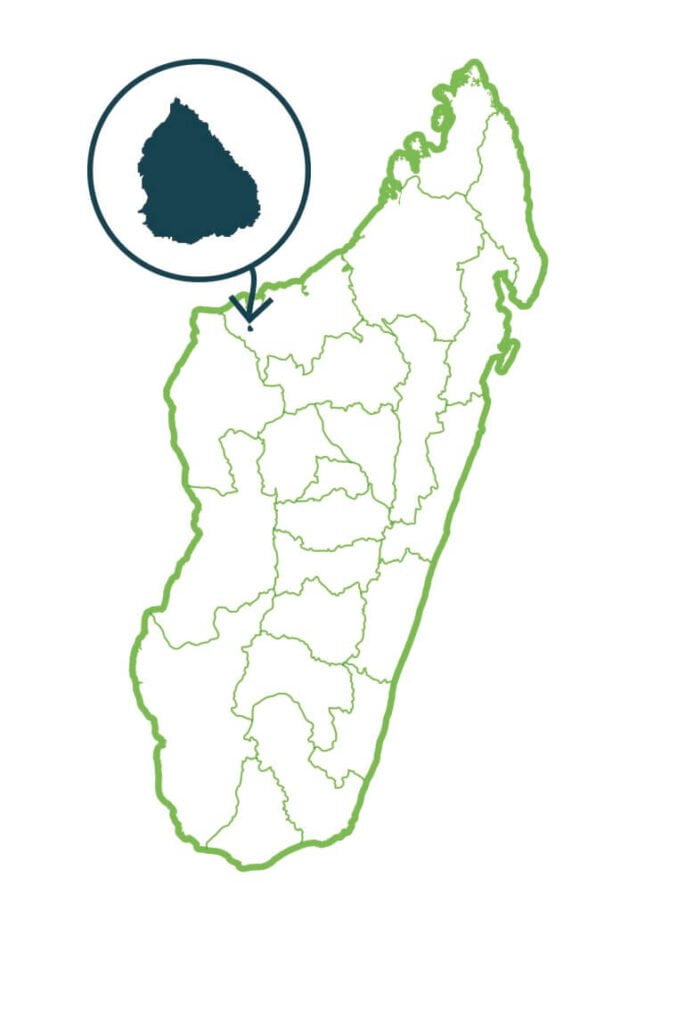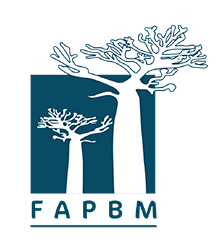Flagship Species
The National Park of Namoroka is constituted by a massif of lapiezed limestones or “Tsingy” essentially forested in its northern half, and by a landscape of meadows and secondary pastures in the southern half. The floristic species that are met there are known to have morphological characteristics of particular adaptation. From the fauna point of view, the park shelters an important fauna of bats, with the highest specific diversity among all the protected areas, thanks to the presence of numerous caves.












